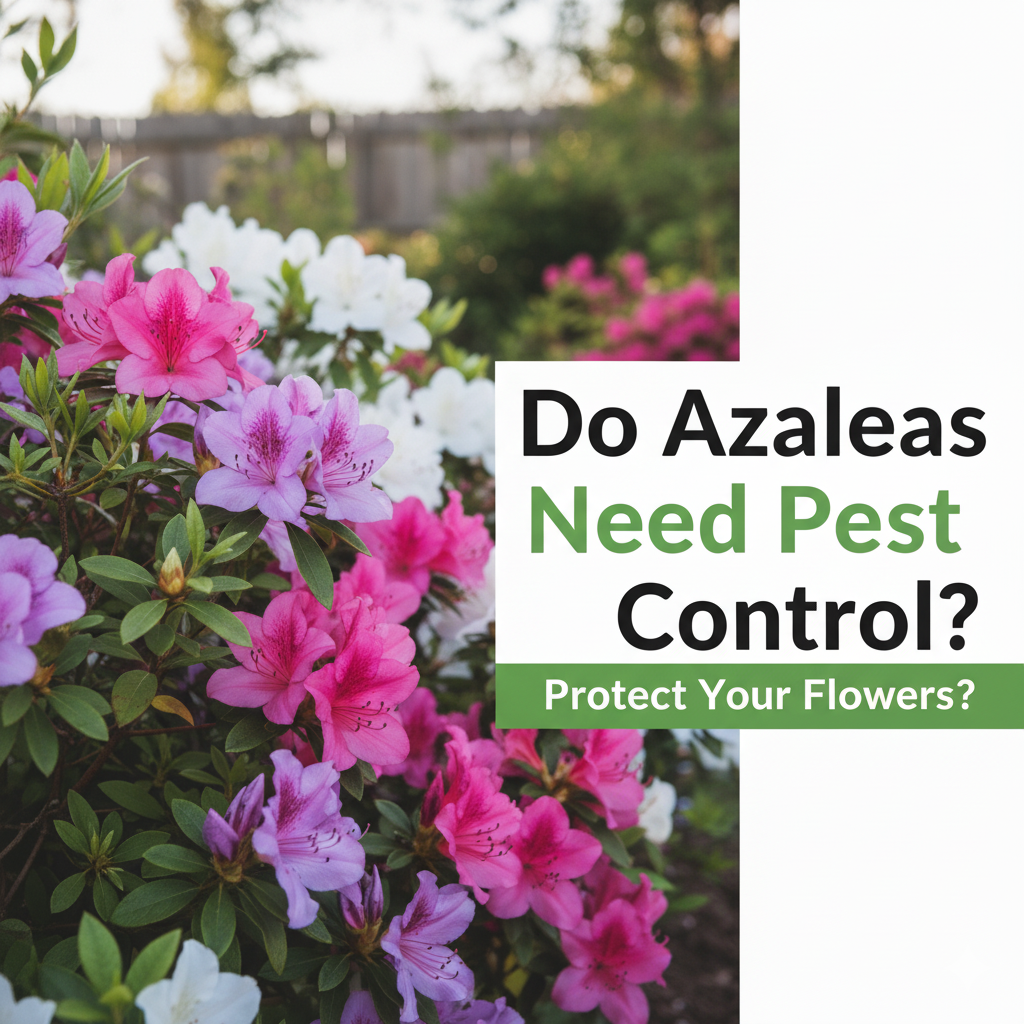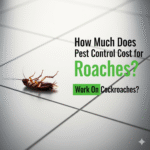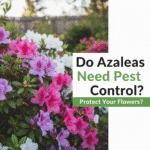Azaleas are beloved for their vibrant blooms and lush foliage, making them a favorite choice in many gardens. But like any plant, azaleas aren’t immune to pests. If you’ve noticed yellowing leaves, strange spots, or insects crawling on your azaleas, you might be wondering: do azaleas need pest control?
The short answer is: sometimes yes, sometimes no. This depends on where you live, the health of your plants, and what pests are common in your area. In this article, we’ll explore the pests that commonly affect azaleas, signs of infestations, and the best ways to keep your plants healthy—whether through natural methods or professional pest control.
Why Azaleas Attract Pests
Azaleas have soft, tender leaves and dense growth, which can create a perfect environment for pests. Their preference for shady, moist areas also makes them a target for insects that thrive in such conditions. Additionally, azaleas under stress—due to poor soil, improper watering, or extreme weather—are more vulnerable to pest attacks.
Common Pests That Affect Azaleas
Here are some of the most common pests you might find on azaleas:
-
Azalea lace bugs: These tiny bugs suck sap from leaves, causing yellow stippling and leaf drop.
-
Spider mites: Tiny arachnids that create webbing and cause leaves to become speckled or bronzed.
-
Azalea caterpillars: These caterpillars can defoliate entire branches if left untreated.
-
Aphids: Small, soft-bodied insects that suck sap and excrete sticky honeydew.
-
Whiteflies: Winged insects that also feed on plant sap and can spread diseases.
-
Leafminers: Larvae that tunnel inside leaves, creating unsightly trails.
-
Scale insects: Small, round insects that attach to stems and leaves, sucking plant juices.
Signs Your Azaleas Have a Pest Problem
Knowing what to look for can save your azaleas from serious damage:
-
Yellow or speckled leaves often indicate sap-sucking insects like lace bugs or aphids.
-
Leaf curling, browning, or premature dropping are common stress signs caused by pests.
-
Sticky residue on leaves or surrounding surfaces is a sign of honeydew produced by aphids or whiteflies.
-
Webbing under leaves points to spider mites.
-
Visible insects on the underside of leaves or along stems are an obvious sign of infestation.
-
Overall decline in plant health, stunted growth, or fewer flowers can indicate ongoing pest problems.
Do Azaleas Need Regular Pest Control?
Not every azalea needs constant pest control, but regular monitoring is crucial. In many cases, azaleas can withstand minor pest presence without significant harm. However, in areas prone to heavy infestations, especially in warm and humid climates, preventive pest control might be necessary.
Early detection allows for easier treatment and reduces the need for harsher chemical controls. Keeping an eye on your azaleas and acting at the first signs of trouble is the best approach.
Best Pest Control Methods for Azaleas
There are several effective ways to manage pests on azaleas:
-
Manual removal: For small infestations, handpicking insects or pruning affected branches can help.
-
Horticultural oils and insecticidal soap: These are safe for most plants and work by smothering pests.
-
Neem oil: A natural, organic treatment that disrupts insect growth and feeding.
-
Systemic insecticides: These are absorbed by the plant and effective against severe infestations but should be used carefully.
-
Beneficial insects: Introducing ladybugs or lacewings can naturally reduce pest populations.
Natural and Eco-Friendly Pest Control Options
If you prefer organic gardening, there are plenty of eco-friendly options:
-
Organic sprays made from plant oils or garlic extract help repel pests without harming pollinators.
-
Diatomaceous earth is a natural powder that damages insects’ exoskeletons and dehydrates them.
-
Homemade sprays using mild soap and water can control soft-bodied pests like aphids.
-
Attracting natural predators by planting companion plants can create a balanced ecosystem in your garden.
How to Prevent Pests on Azaleas
Prevention is always better than treatment. To keep your azaleas healthy and pest-free:
-
Plant azaleas in locations with good air circulation and plenty of indirect sunlight.
-
Avoid overwatering; soggy soil encourages pest-friendly environments.
-
Fertilize appropriately to promote strong, healthy growth that resists pests.
-
Use mulch to retain moisture but keep it away from the base of the plant to avoid fungus.
-
Inspect your plants regularly for early signs of trouble.
When to Call a Professional for Azalea Pest Control
In cases of severe infestation or persistent problems, professional pest control services may be your best option. Experts can safely apply stronger treatments and offer advice tailored to your region. Professional help is also recommended if chemical pesticides are needed, as they know how to use them without harming your plants or the environment.
Conclusion
Azaleas don’t always need pest control, but vigilance is key. Regular monitoring and early treatment—whether through natural remedies or professional services—will keep your plants healthy and blooming. Using eco-friendly methods whenever possible helps maintain a thriving garden environment without unnecessary chemicals.
FAQs
1. What pests are most common on azaleas?
The most common pests on azaleas include lace bugs, spider mites, aphids, and caterpillars. These insects feed on leaves and sap, causing damage that affects plant health and appearance.
2. Can I use insecticidal soap on azaleas?
Yes, insecticidal soap is safe for azaleas and effective against soft-bodied pests like aphids and spider mites. It works by suffocating insects and is a good organic option for gardeners.
3. How often should I check azaleas for pests?
It’s best to inspect your azaleas every one to two weeks, especially during the growing season. Early detection helps prevent infestations from becoming severe and reduces the need for harsh treatments.
4. Are chemical pesticides safe for flowering azaleas?
Chemical pesticides can be safe if used correctly, but they should be applied cautiously to avoid damaging flowers or beneficial insects. Always follow label instructions and consider eco-friendly alternatives first.
5. Do azaleas attract aphids?
Yes, aphids are attracted to azaleas and can cluster on new growth, sucking sap and producing sticky honeydew. Managing aphids early helps protect your plant from stress and disease.
6. What natural remedies work on azalea lace bugs?
Neem oil and horticultural oils are effective natural treatments against azalea lace bugs. Introducing beneficial insects like ladybugs also helps control their population naturally.
7. When is the best time to treat azaleas for pests?
Early spring and late summer are ideal times to treat azaleas, as pests are most active during these periods. Regular monitoring allows you to catch problems before they cause serious damage.
8. Will pest damage kill my azaleas?
Severe or prolonged pest damage can weaken azaleas, making them susceptible to disease and poor growth. Prompt pest control usually prevents long-term harm and keeps plants healthy.







